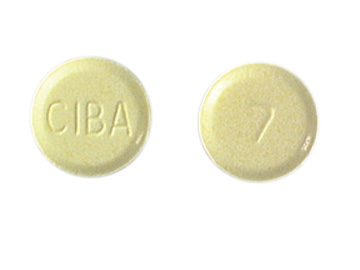Includes barbiturates (barbs), benzodiazepines (benzos) and sedative-hypnotics.Depressants will put you to sleep, relieve anxiety and muscle spasms, and prevent  seizures.Barbiturates are older drugs and include butalbital (Fiorina®), phenobarbital, Pentothal®, Seconal® and Nembutal®. You can rapidly develop dependence on and tolerance to barbiturates, meaning you need more and more of them to feel and function normally. This makes them unsafe, increasing the likelihood of coma or death. Benzodiazepines were developed to replace barbiturates, though they still share many of the undesirable side effects. Some examples are Valium®, Xanax®, Halcion®, Ativan®, Klonopin® and Restoril®. Rohypnol® is a benzodiazepine that is not manufactured or legally marketed in the United States, but it is used illegally. Ambien® and Sonata® are sedative-hypnotic medications approved for the short-term treatment of insomnia that share many of the properties of benzodiazepines. Other CNS depressants include meprobamate, methaqualone (Quaalude®), and the illicit drug GHB.
seizures.Barbiturates are older drugs and include butalbital (Fiorina®), phenobarbital, Pentothal®, Seconal® and Nembutal®. You can rapidly develop dependence on and tolerance to barbiturates, meaning you need more and more of them to feel and function normally. This makes them unsafe, increasing the likelihood of coma or death. Benzodiazepines were developed to replace barbiturates, though they still share many of the undesirable side effects. Some examples are Valium®, Xanax®, Halcion®, Ativan®, Klonopin® and Restoril®. Rohypnol® is a benzodiazepine that is not manufactured or legally marketed in the United States, but it is used illegally. Ambien® and Sonata® are sedative-hypnotic medications approved for the short-term treatment of insomnia that share many of the properties of benzodiazepines. Other CNS depressants include meprobamate, methaqualone (Quaalude®), and the illicit drug GHB.
What are the street names?
Barbs, Benzos, Downers, Georgia Home Boy, GHB, Grievous Bodily Harm, Liquid X, Nerve Pills, Phennies, R2, Reds, Roofies, Rophies, Tranks, Yellows
What does this drug look like?
Depressants come in the form of pills, syrups, and injectable liquids.
How is this drug abused?
Individuals abuse depressants to experience euphoria. Depressants are also used with other drugs to add to the other drugs' high or to deal with their side effects. Abusers take higher doses than people taking the drugs under a doctor's supervision for therapeutic purposes. Depressants like GHB and Rohypnol® are also misused to facilitate sexual assault.
How does this drug affect the mind?
Depressants used therapeutically do what they are prescribed for to put you to sleep, relieve anxiety and muscle spasms, and prevent seizures. They also: cause amnesia, leaving no memory of events that occur while under the influence, reduce your reaction time, impair mental functioning and judgment, and cause confusion. Long-term use of depressants produces psychological dependence and tolerance.
How does this drug affect the body?
Some depressants can relax the muscles. Unwanted physical effects include slurred speech, loss of motor coordination, weakness, headache, lightheadedness, blurred vision, dizziness, nausea, vomiting, low blood pressure, and slowed breathing. Prolonged use of depressants can lead to physical dependence even at doses recommended for medical treatment. Unlike barbiturates, large doses of benzodiazepines are rarely fatal unless combined with other drugs or alcohol. But unlike the withdrawal syndrome seen with most other drugs of abuse, withdrawal from depressants can be life threatening.
What drugs cause similar effects?
Some antipsychotics, antihistamines, and antidepressants produce sedative effects. Alcohol's effects are similar to those of depressants.
What are the overdose effects?
High doses of depressants or use of them with alcohol or other drugs can slow heart rate and breathing enough to cause death.
What is the legal status in the United States?
Most depressants are controlled substances that range from Schedule I to Schedule IV under the Controlled Substances Act, depending on their risk for abuse and whether they currently have an accepted medical use. Many of the depressants have FDA-approved medical uses. Rohypnol® is not manufactured or legally marketed in the United States.
What are the common places of origin?
Generally, legitimate pharmaceutical products are diverted to the illicit market. Teens can obtain depressants from the family medicine cabinet, friends, family members, the Internet, doctors, and hospitals.